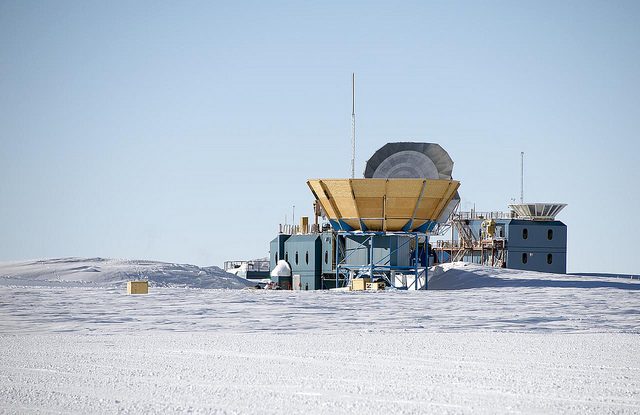Recently, scientists have made a huge leap in finding new evidence supporting the Big Bang model. The idea behind it is that all the matter in our observable Universe originates from an explosion that took place 13.7 billion years ago, and that it has gone through several stages before reaching its current state. One ramification of this model is that, during one of these stages, the Universe expanded rapidly, sending ripples through spacetime or as scientists named them, gravitational waves. This ramification gave rise to a problem with the model: if they existed, they could be detected. There has been significant speculation as to how the waves may be detected, with several experiments failing to prove their existence. Yet, new, indirect evidence for their existence was published earlier this year.
What are these waves?
To put it as simply, gravitational waves are ripples in spacetime which could have cause, “a long-predicted twist in light from the Big Bang that represents the first image of ripples in the universe” 1. In the initial stages of the Big Bang, the universe went through a period called “Inflation,” when it expanded at rate that surpassed the speed of light. This model predicted that evidence for gravitational waves could be detected dating back to the Inflation period, during the first fractions of fraction of a second after the Big Bang.
When and where did it all happen?
The discovery was made by the Background Imaging of Cosmic Extragalactic Polarization 2 (BICEP2) experiment at the South Pole. Although evidence was found more than a year ago, the researchers put off its publication until its successor experiment, namely the Keck Array, started showing the same results, such was their disbelief in what the data was showing.
So why is this important?
Currently, all we know about the Big Bang and what happened after it is mainly based on observations made by physicists. Because all of the currently developed models infer a number of conditions, some may be more accurate than others. What the long-predicted discovery of gravitational waves has done is disprove a number of theories and has bolstered a number of others, narrowing down the number of plausible theories. As Marc Kamionkowski, who predicted how the waves could be detected back in 1997, said, “Instead of looking for a needle in a haystack, we’ll be looking for a needle in a bucket of sand” [lref id=1].
Read Rebecca Douglas’s article ‘BICEP Curls: What the recent results mean for inflation, gravitational waves and multiple universes’ for more information.
Edited by Debbie Nicol

